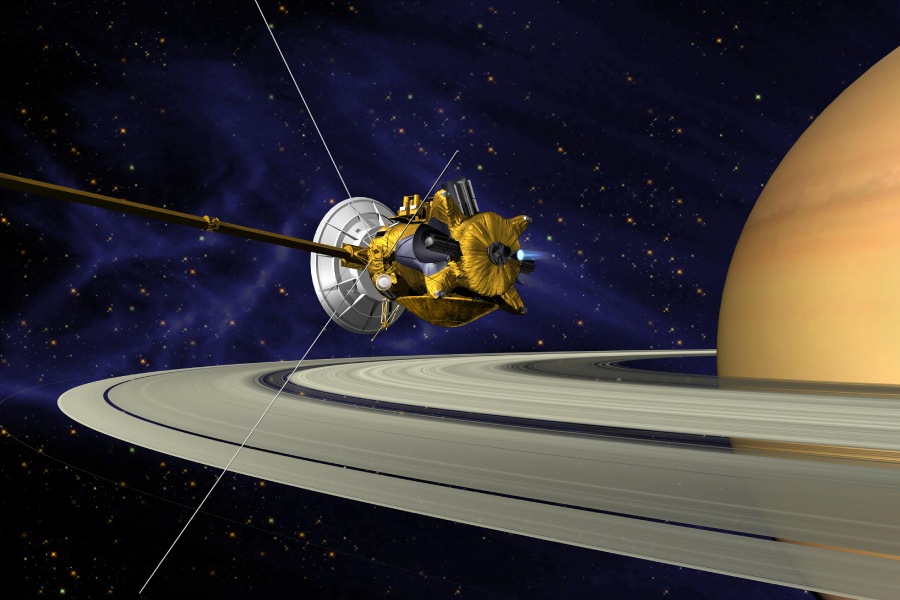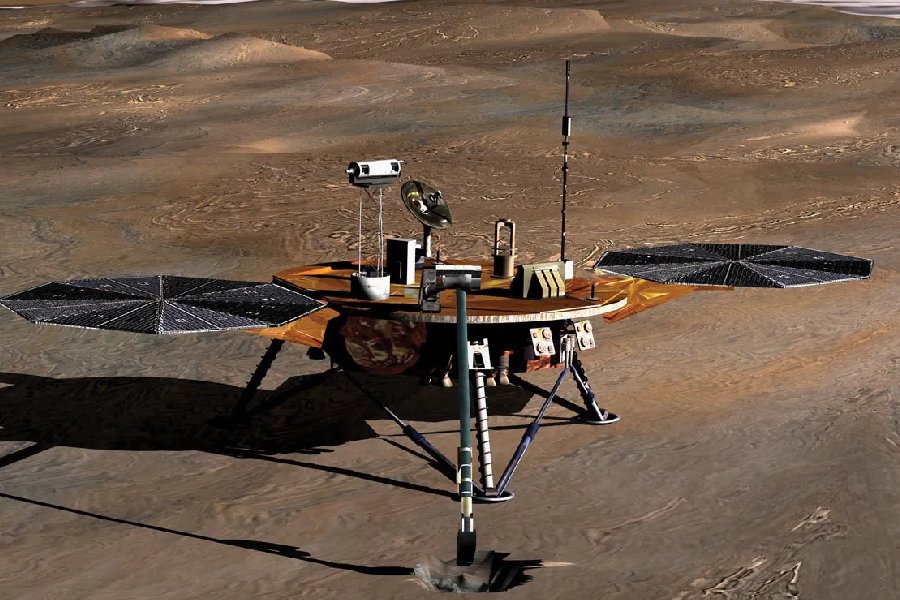Venturing beyond Earth requires specialized spacecraft to explore space and other worlds. These interplanetary robotic emissaries are known as space probes. However, many types of space probes exist beyond general public knowledge.
From flyby probes to landers and rovers, different probes fill distinct niches in bolstering understanding of the solar system and planets beyond. Each type is engineered toward specific exploratory goals.
While some catalog broad swaths of planets in brief encounters, others reveal finer surface details through risky landings or long-term observation.
Every addition expands knowledge of alien environments not directly accessible to humans. By surveying the various space probes and their unique attributes, we gain better insight into the pioneering missions revealing planetary mysteries across the vast cosmos.

Types of Space Probes
Space probes are specialized robotic spacecraft to explore planetary bodies and gather data. The main types are flyby probes, orbiters, landers, rovers, and sample return probes. Each type has unique advantages to further planetary science.
Flyby probes study planets in brief, high-speed encounters, while orbiters enter orbits for close, long-term observation. Landers descend to surfaces for direct stationary study. Rovers traverse as mobile surface laboratories.
Sample return probes retrieve physical specimens to return to Earth labs for precise multi-disciplinary analysis unattainable by observation alone.
Significance of Space Probes in Expanding Our Understanding of the Cosmos
Space probes let us explore alien worlds that are impossible to reach directly. They expand knowledge of inhospitable planets unseen from the Earth’s orbit. Probes pioneer pathways furthering cosmic perspective and understanding.
Probes venture where humans cannot, revealing insights exclusive to direct study. They spotlight exotic celestial phenomena and surface conditions too extreme or distant for crews to withstand. Expanding cosmic perspective drives future ambitions ever further.
Types of Space Probes
Solar system probes
Solar probes study neighboring planets and space environments using close-up observations. Different types target specific solar system bodies to fulfill specialized exploratory niches, collectively advancing discovery across disciplines.
Specialized missions utilize instruments like magnetometers, spectrometers, and cameras along deliberate flight paths to enrich understanding.
Tailored trajectories focus on insights from atmospheric composition to internal structure and dynamics. Reaching destinations not feasible for human crews, probes push the boundaries beyond Earth orbit.
Mercury probes
Past missions to Mercury have imaged and mapped the rocky inner planet’s surface features and internal structure. Upcoming probes will provide even higher-resolution topographical models to enrich our understanding of this extreme world.
In the past, orbital mapping has gradually charted aspects of Mercury’s rugged topography and geology. Though limited by monitoring technology of the time, these findings established baseline knowledge.
Now, future Mercury missions equipped with advanced surface scanning and gravitational field measurements seek to significantly enhance current models. These next-generation instruments offer improved precision and resolution from optimized orbital vantage points.
Venus probes
Past Venus missions revealed an extreme greenhouse atmosphere and a surface completely resurfaced by volcanic flows. Future mission concepts propose studying the dense shrouding haze itself.
Encounters by past probes exposed a toxic, lead-melting inferno sealed beneath cloud layers reworked by lava covering any early history. Innovative spacecraft designs not yet deployed would float within the atmosphere, seeking clues to observed activity.
Mars probes
Many past Mars missions have illuminated aspects of the red planet’s mysteries via flybys, global orbiters, and ground-truth rovers. Future sample return aims to target scooping and retrieving Mars specimens for direct study in Earth labs.
A succession of pioneers both big and small have collectively discovered much about Earth’s neighboring red planet Mars over the decades. Retrieving varied subsurface samples long-held pristine in the crust may finally reveal definitively through laboratory scrutiny if Mars’s once-harbored environments are suitable for life to arise.

Jupiter and Saturn probes
Multiple past flyby missions have explored gas giants Jupiter and Saturn. They revealed the secrets of their elaborate multi-moon systems, faint rings, dynamic atmospheric storms, and cloud composition.
Upcoming ambitious spacecraft will conduct multiple flybys exploring ocean-bearing moons Europa, Ganymede, and Enceladus in greater detail – seeking potential habitability for basic life underwater.
Uranus and Neptune probes
A single Voyager 2 flyby of each frigid ice giant yielded insights into their odd tilted magnetic fields, dynamic moon interactions, and prominent dark-spot storms fueled by internal heat.
Further exploration remains conceptual, with more capable probes proposed to directly sample their dense atmospheres, analyze faint ring patterns, and study the dozens of frozen moons using gravity assists to hop encounters to the flyby.
Interplanetary spacecraft
Specially hardened robotic craft have ventured towards asteroids and comets and flown by the Sun itself to gather data up close in the inner solar system hazardous to humans.
Crossing interplanetary space builds operational experience in deep space communication, navigation, autonomy protocols, and radiation protection – all paving experience towards future crewed voyages reaching Mars orbit and potentially landings.
Mission Objectives
Interplanetary missions pursue key objectives, advancing understanding despite the immense distances involved. Common goals include analyzing alien planetary environments and seeking any signatures of life.
Studying planetary geology reveals surface histories through features like volcanism, erosion patterns, or asteroid cratering to chart how worlds have evolved over time.
Analyzing atmospheres exposes composition influencing surface conditions and habitability potential. Finding any indications of past or present life would have profound implications on the life we know.
Robotic Spacecraft
Exploring within the solar system relies extensively on robotic spacecraft without crews given the harsh conditions. Robotic probes have distinct advantages over crewed vessels.
Robots withstand extremely hostile landscapes lethal to direct human exposure. Without life support needs, more instrumentation can launch towards targets on optimized flight paths. Combined with communication lags, robotic autonomy also plays a crucial role.
Successes like the decades-long Voyager probes still returning data from interstellar space and continuing Mars surface operations showcase robotic spacecraft capabilities essential to expanding deep space understanding.
Extended Missions
Many probes continue functioning beyond original mission durations, allowing bonus science and re-tasking towards new questions raised. The Spirit and Opportunity rovers exploring Mars endured years longer than their initial 90-day missions. They confirmed past surface water activity through extensively exploring terrain and geology well beyond the original site bounds.
Rover missions
Rovers uniquely traverse alien landscapes as mobile field laboratories studying surfaces with sophisticated toolsets. Their mobility allows accessing a variety of rock and soil targets representative of wider areas far exceeding fixed landers.
Onboard instruments like cameras, spectrometers, and environmental sensors examine textures, compositions, and processes that have shaped geology over time. Manipulator arms drill and scrape contain samples for direct characterization of local chemistry and potential biologic activity through onboard mini-labs.
Sustained experiments test subsurface conditions and monitor weather variability and seismic vibrations using arrays seeded across terrain – investigatory flexibility impossible from orbital remote sensing alone.
Conclusion
The various types of space probes have expanded solar system exploration through specialized observation niches. We saw how each probe uniquely unveils mysteries otherwise hidden from afar. Yet every discovery reveals expanding new questions to pursue.
We hope this exploration illuminated ingenious past probes while inspiring imaginative future spacecraft to push boundaries. As pioneers, diverse probes reflect the ambition to understand the workings of worlds beyond our own.
Space probes will continue advancing as our emissaries unveil cosmic mysteries. The solar system offers entire universes of possibilities as each generation ventures farther outwards and inwards, hungering to know the unknown.
